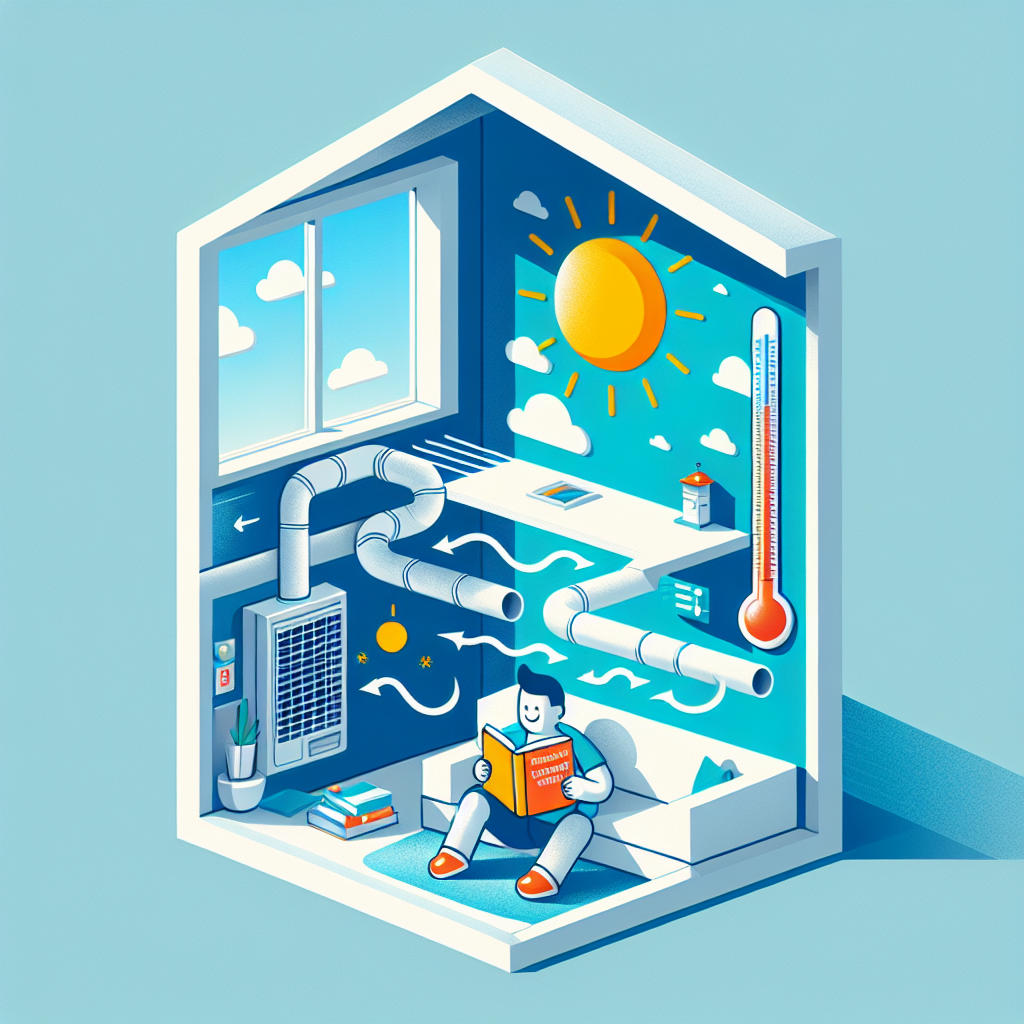When it comes to indoor comfort, proper ventilation plays a crucial role in creating a healthy and comfortable living environment. Ventilation is the process of exchanging indoor air with outdoor air to improve air quality and regulate temperature and humidity levels. The science behind ventilation is complex, but understanding how it works can help homeowners create a more comfortable and healthy indoor space.
One of the main benefits of ventilation is that it helps to remove pollutants and allergens from the indoor air. Indoor air can be filled with a variety of pollutants, including dust, pet dander, mold spores, and volatile organic compounds (VOCs) from household products. Without proper ventilation, these pollutants can accumulate in the air and lead to respiratory problems, allergies, and other health issues. By bringing in fresh outdoor air and exhausting stale indoor air, ventilation helps to dilute and remove these pollutants, creating a healthier indoor environment.
In addition to improving air quality, ventilation also plays a key role in regulating temperature and humidity levels. In the summer, ventilation can help to remove excess heat and moisture from the indoor air, keeping the space cool and comfortable. In the winter, ventilation can help to reduce humidity levels and prevent condensation, which can lead to mold growth and other issues. By controlling temperature and humidity levels, ventilation can help to create a more comfortable living environment year-round.
There are several different types of ventilation systems that homeowners can use to improve indoor air quality and comfort. One common type of ventilation is natural ventilation, which relies on openings in the building, such as windows and doors, to allow air to flow in and out of the space. Mechanical ventilation systems, such as exhaust fans and whole-house ventilation systems, use fans and ductwork to bring in fresh outdoor air and remove stale indoor air. These systems can be more efficient and effective at improving air quality and comfort, especially in tightly sealed homes.
In conclusion, the science behind ventilation is essential for creating a healthy and comfortable indoor environment. By understanding how ventilation works and the effects it has on indoor air quality and comfort, homeowners can make informed decisions about the type of ventilation system that is best for their home. Whether using natural ventilation or mechanical ventilation systems, proper ventilation is crucial for maintaining a healthy and comfortable living space.


Leave a Reply